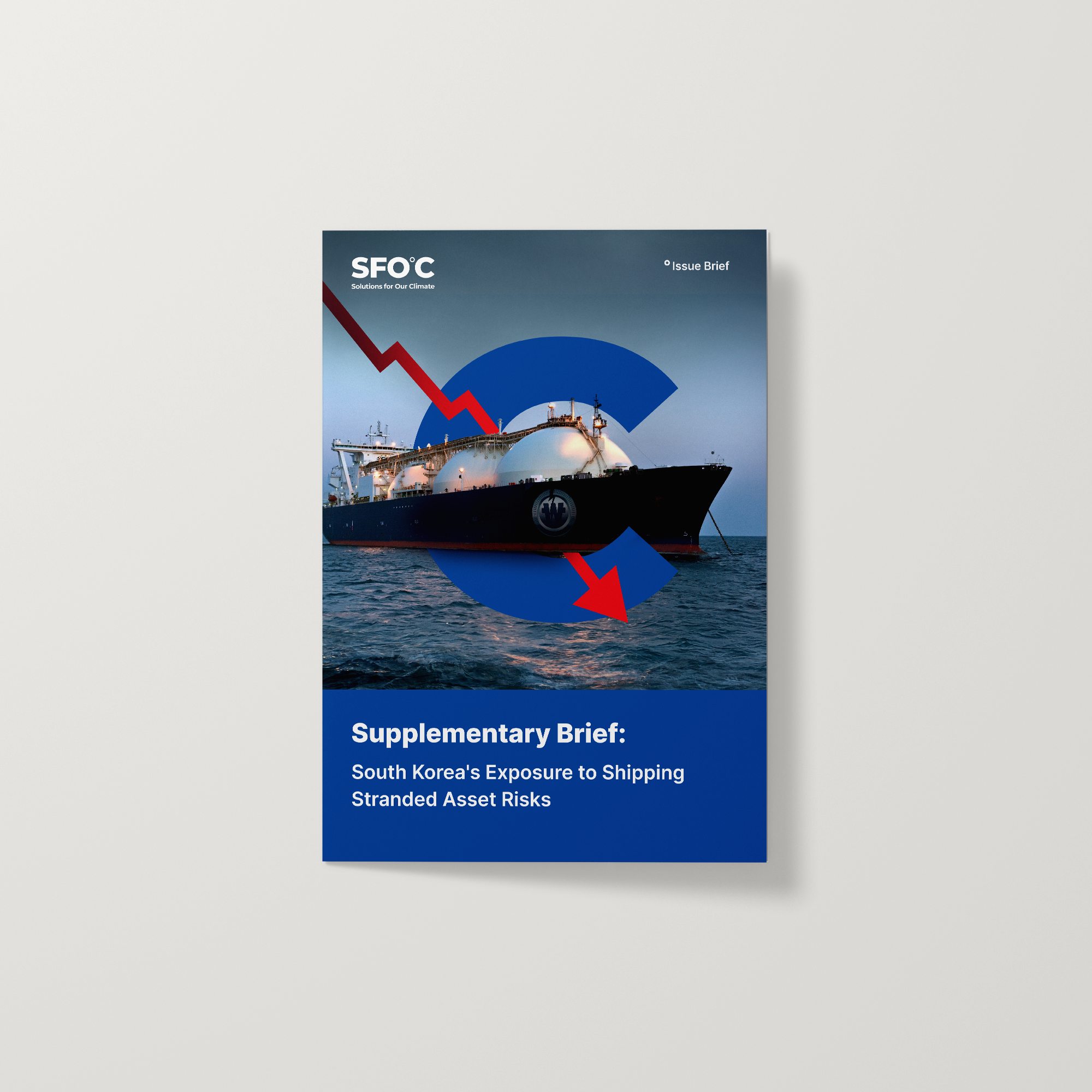Unceded Coast Salish Territories (VANCOUVER, BC) - Environmental groups raise alarm over the news that nearly 60 LNG Tankers are sitting idle amid collapsing demand and an overbuilt fleet.
"Tankers bobbing around as though jettisoned by the LNG industry in want of better market economics is a perfect illustration of the future of LNG,” said Anna Barford, Oceans Campaigner with Stand.earth. “The expansion of fossil fuel exports, including LNG, has been a popular topic in Canada in response to the US tariffs, but these projects will take too long, cost too much, and ultimately will be linked with too much pollution to meet the problems of this moment. The market is catching up to the future that analysts have long predicted - a future without LNG.”
“What we're seeing with idle LNG carriers is just the tip of the iceberg of a massive market correction that's been building since 2022's speculative ordering spree," said Rachel Eunbi Shin, Shipbuilding Campaigner with Solutions for Our Climate. "The fundamentals have completely shifted - Asian LNG demand growth has collapsed while over 300 new ships - equivalent to half the current global fleet - are set to flood the market through 2027. Projects like Mozambique LNG that is planning to build 17 new LNG carriers are now facing rising costs and collapsing demand. The smart money is already pivoting to offshore wind vessels and other future-proof marine infrastructure, while LNG shipping becomes the new stranded asset class.”
The market for pollution projects like LNG Canada and Mozambique LNG is souring quickly. Even as LNG Canada started its first shipments of LNG and two tankers have come and gone, and as several gas projects are proposed for the BC Coast – including Ksi Lisims and related Prince Rupert Gas Pipeline, as well as the Tilbury, and LNG Canada phase 2 expansions – the price that customers are willing to pay does not justify the billions of dollars of subsidies that are being poured into these ventures. Together, these will lead to massive increases in climate pollution and increased tanker traffic, while draining public coffers and directing investment away from future-proof solutions.
“Banks urgently need to address the climate and financial risks stemming from their maritime LNG finance. Ten banks are responsible for nearly half of all financing for expansion in the sector. It is past time for these banks to set a course towards zero emission vessels and infrastructure projects, or risk going down with the fossil fuel industry’s climate shipwreck,” said Hannah Saggau Senior Climate Finance Campaigner with Stand.earth. [1]
Subsidies and financing for maritime LNG must be immediately shifted to climate-safe industry practices such as retrofitting vessels for wind propulsion, building and designing a new fleet of energy efficient vessels, and building out the renewable fuel supply system globally.
Ends
Notes for editors
[1] Report about the banks financing marine LNG here
For media inquiries, please contact:
Anna Barford, Ocean Campaigner, Stand.earth, at anna@stand.earth (PT) 604-757-7029
Antonette Tagnipez, Communications Officer, SFOC, at antonette.tagnipez@forourclimate.org (Seoul)
Share this insights




















![[Brief] South Korea’s international public finance continues to block a just energy transition](https://content.sfoc.tapahalab.com/images/research/RC5Kime.jpg)





![[토론회] 한국형 녹색분류체계(K-Taxonomy), 무엇이 녹색경제활동인가](https://content.sfoc.tapahalab.com/images/research/bn8jdme.jpg)
![[이슈 브리프] 탄소포집, 이용 및 저장기술(CCUS) 현황과 문제점](https://content.sfoc.tapahalab.com/images/research/SWESdme.jpg)





